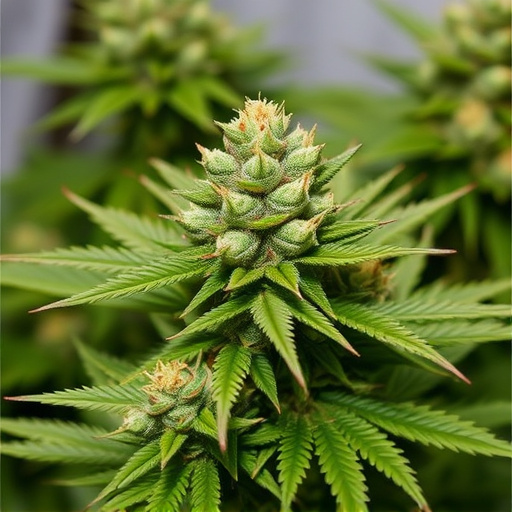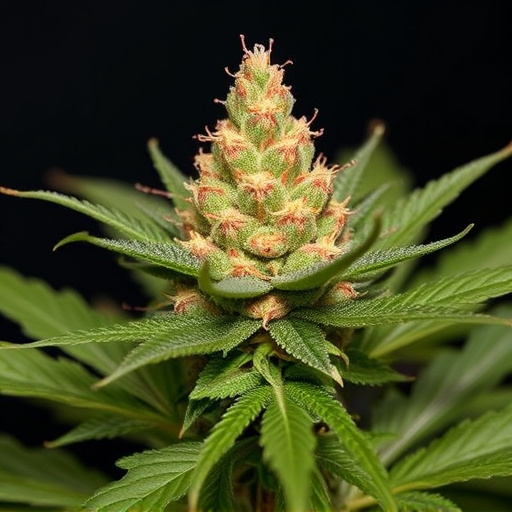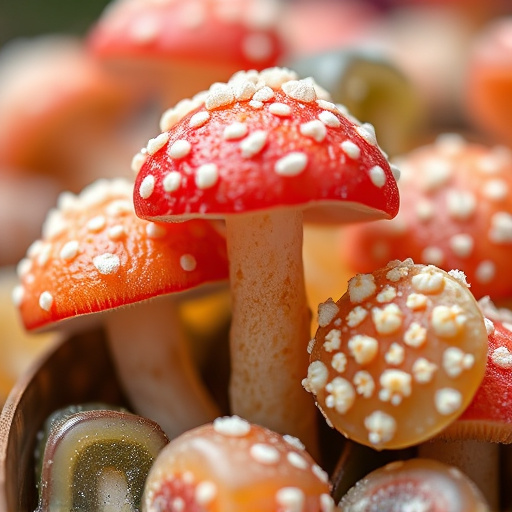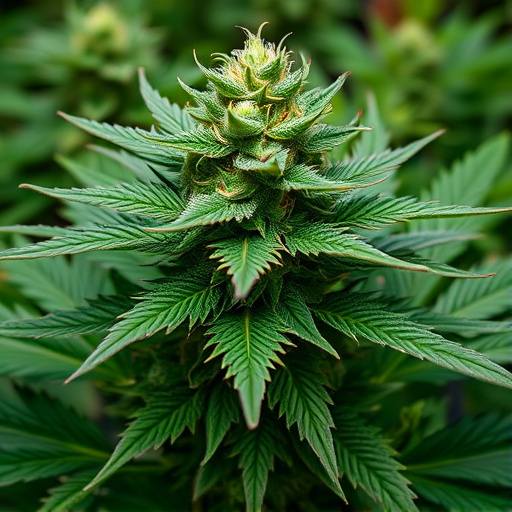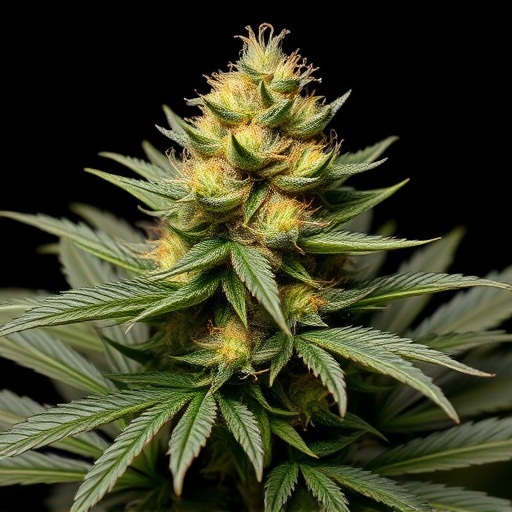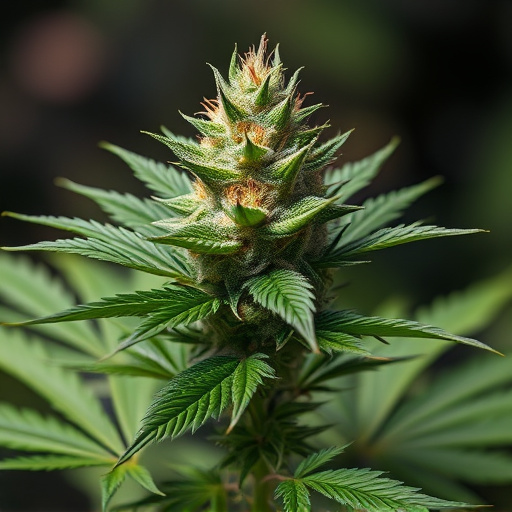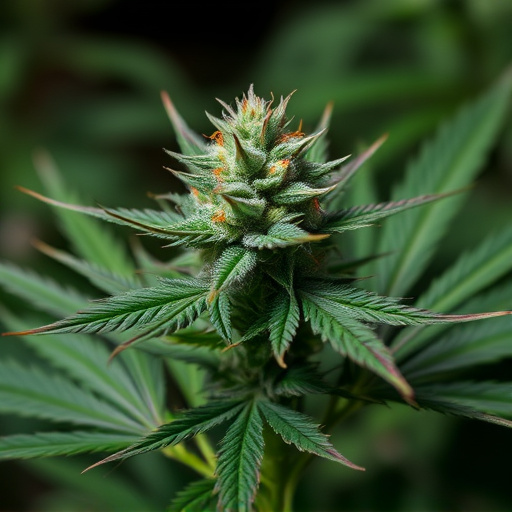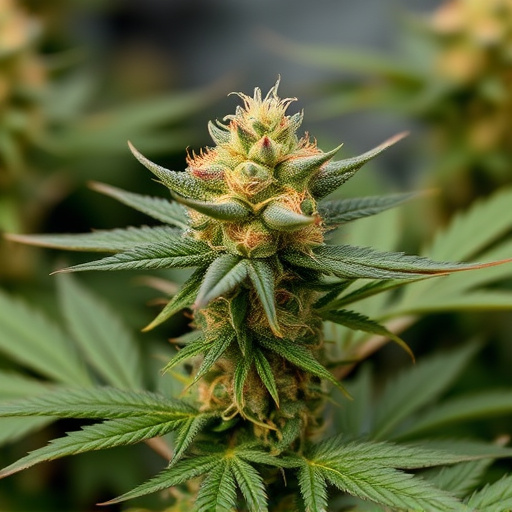Terpenes, aromatic compounds in cannabis that give different strains their unique scents and flavors, play a crucial role in determining the plant's effects on users. With over 100 known types, understanding terpenes is key to appreciating cannabis' complexity. Notable examples like myrcene, limonene, and linalool offer relaxing, pain-relieving, mood-enhancing, and calming properties. Exploring these natural compounds provides insight into cannabis' interaction with our senses and consciousness, particularly in the context of the most potent strains, which often have high terpene concentrations for intense experiences and amplified therapeutic benefits. Advanced extraction methods like CO2 extraction preserve terpenes, enhancing aromatic profiles and aiming to produce the strongest therapeutic effects.
Terpenes, the aromatic compounds in cannabis, play a pivotal role in shaping its effects. Beyond contributing to the distinct flavor and scent, terpenes interact synergistically with cannabinoids, influencing mood, energy levels, and even pain perception. This article delves into the world of terpenes, exploring their sources, impact on aroma, and most importantly, their role in enhancing or modifying cannabis experiences. We examine how different terpene profiles create unique effects, highlight the most potent strains of cannabis known for their rich terpene content, and offer guidance on personalizing your cannabis journey based on your preferred aromatic and therapeutic outcomes.
- Understanding Terpenes: The Key Compounds in Cannabis
- – What are terpenes?
- – Sources and extraction methods
Understanding Terpenes: The Key Compounds in Cannabis
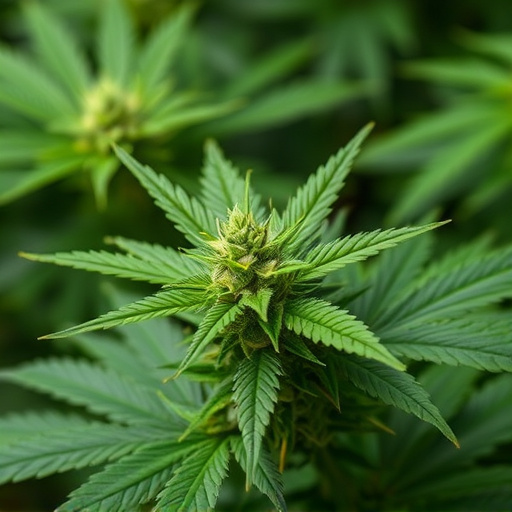
Terpenes, often referred to as the “aromatic molecules” of cannabis, are a diverse group of organic compounds responsible for the unique scents and flavors we associate with different strains. These key constituents play a significant role in shaping the overall effects of cannabis on the user. With over 100 known types of terpenes found in various cannabis plants, each offering distinct chemical profiles, understanding their properties is essential to appreciating the complex nature of this popular plant.
Among these terpenes, myrcene, limonene, and linalool stand out for their prevalence and notable effects. Myrcene, known for its earthy and musky notes, has been linked to potential relaxing and pain-relieving properties, making it a sought-after component in many of the most potent strains of cannabis. Limonene, with its citrusy aroma, is believed to enhance mood and promote feelings of well-being, while linalool’s lavender-like scent may contribute to calming effects. Exploring these natural compounds opens doors to a deeper understanding of how cannabis interacts with our senses and consciousness.
– What are terpenes?
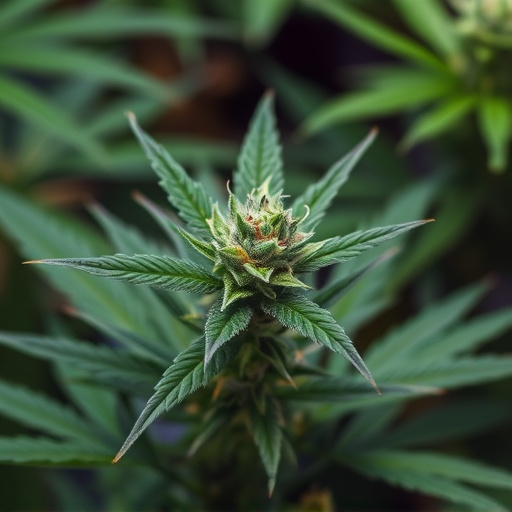
Terpenes are a diverse group of aromatic compounds naturally produced by many plants, including cannabis. They are responsible for the unique scents and flavors we associate with different strains. Beyond their contribution to aroma and taste, terpenes play a significant role in the effects of cannabis on the human body. Each terpene has its own set of properties, influencing aspects like relaxation, energy levels, pain relief, and even cognitive function.
In the world of cannabis, certain strains are renowned for their high terpene concentrations, particularly those considered the most potent. These strains often deliver intense sensory experiences and may offer amplified therapeutic benefits due to the complex interactions between terpenes and cannabinoids, such as THC and CBD. Understanding terpenes is key to navigating and appreciating the diverse effects that different cannabis varieties can provide.
– Sources and extraction methods
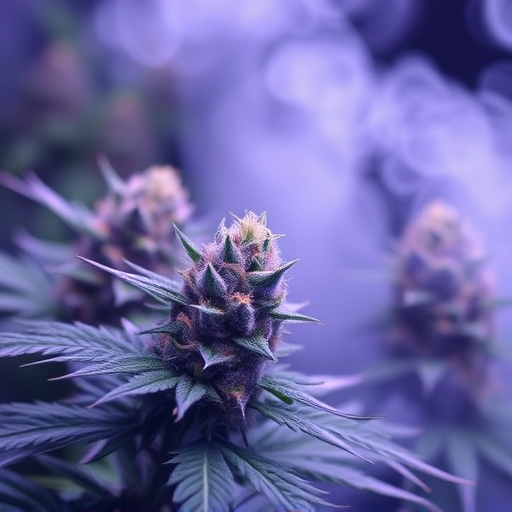
Terpenes, often referred to as the “aromatic compounds” of plants, play a significant role in the unique characteristics and effects of cannabis strains. In cannabis, terpenes are produced by the resinous glands (trichomes) found on the flowers and leaves. These compounds contribute not only to the distinct scent and flavour profiles we associate with different strains but also significantly influence their potential therapeutic benefits and overall “high.”
Extraction methods for these aromatic elements have evolved alongside our understanding of cannabis. Traditional methods involve solvent extraction, where solvents like hexane or ethanol are used to separate terpenes from the plant material. More contemporary approaches, favoured by those seeking the most potent strains of cannabis, employ CO2 extraction, which uses super-critical carbon dioxide as a safer and more precise solvent. This method ensures a higher degree of terpene preservation, resulting in products with more pronounced aromatic profiles and potentially enhanced therapeutic properties.
Terpenes play a pivotal role in shaping the unique effects of different cannabis strains, including those considered among the most potent. By understanding these aromatic compounds and their interactions with cannabinoids, consumers can make more informed choices to enhance their cannabis experience. Further research into terpenes promises to unlock additional benefits and contribute to the development of tailored cannabis products for various therapeutic applications.
